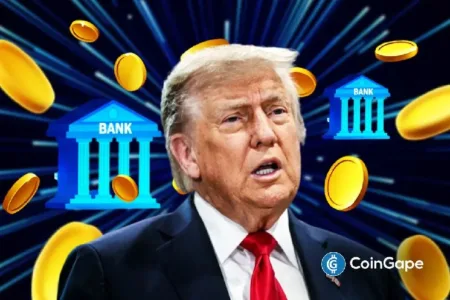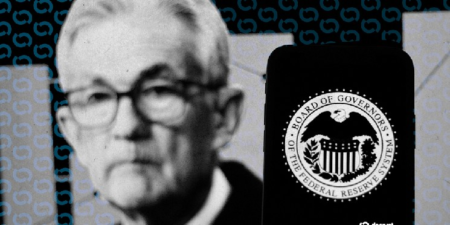LONDON, June 24 (Reuters) – The Bank for International Settlements issued its starkest warning yet on the risks posed by stablecoins and urged countries to move rapidly towards the tokenisation of their currencies.
The BIS, often dubbed the central bankers’ central bank, outlined its concerns, including stablecoins’ potential to undermine monetary sovereignty, transparency issues and the risk of capital flight from emerging economies.
It comes less than a week after the U.S. Senate passed a bill to create a regulatory framework for U.S.-dollar-pegged stablecoins, a move which, if rubberstamped by the House, is expected to fuel a further explosion in their popularity.
Stablecoins are a type of cryptocurrency designed to maintain a constant value, usually a 1:1 dollar peg, backed by real-world assets such as U.S. Treasuries or gold.
Dollar-pegged coins currently account for 99% of the market, which is estimated to have over $260 billion worth of coins in circulation.
“Stablecoins as a form of sound money fall short, and without regulation pose a risk to financial stability and monetary sovereignty,” BIS said in a early-released chapter of its annual report due to be published on Sunday.
Hyun Song Shin, the BIS’ Economic Adviser, explained that stablecoins lack the traditional settlement function provided by a central bank with fiat money.
He likened them to private banknotes circulating in the 19th-century Free Banking era in the United States. It means they can often trade at varying exchange rates depending on the issuer, undermining the no-questions-asked principle of central bank-issued money.
“Singleness is either you have it or you don’t,” Shin said, also warning of the risk of “fire sales” of the assets backing stablecoins if they collapse, as TerraUSD (UST) and the cryptocurrency LUNA did in 2022.
There is also the concern around who controls stablecoins. Tether currently has more than half of the overall stablecoin market, but quit the EU following the introduction of new rules which require stablecoin operators to be licensed by the bloc.
“The whole question of disclosure, this is where some of the stablecoins differ,” BIS Deputy General Manager Andrea Maechler said. “You will always have the question about the quality of the asset backing. Is the money really there? Where is it?”
BOLD ACTIONS
The BIS wants central banks to go down the route of tokenised “unified ledger” incorporating central bank reserves, commercial bank deposits and government bonds.
It would mean central bank money remains both the primary means of global payment and that currencies and bonds from around the world could effectively be integrated into the same “programmable platform”.
Tokenisation is aimed at creating a digitalised central bank system that settles payments and securities trades almost instantaneously and more cheaply by cutting the need for certain time consuming checks, as well opening up new functionality.
It can also make the system more transparent, resilient and interoperable and may protect the system from some of the more unpredictable elements of cryptocurrencies.
There would be a number of key issues to overcome, including who gets to set the rules governing the platform and that individual countries are likely to want to retain significant control of how and who uses their currencies.
“Realising the full potential of the system requires bold action,” the outgoing head of the BIS, Agustin Carstens, said.
Read the full article here









